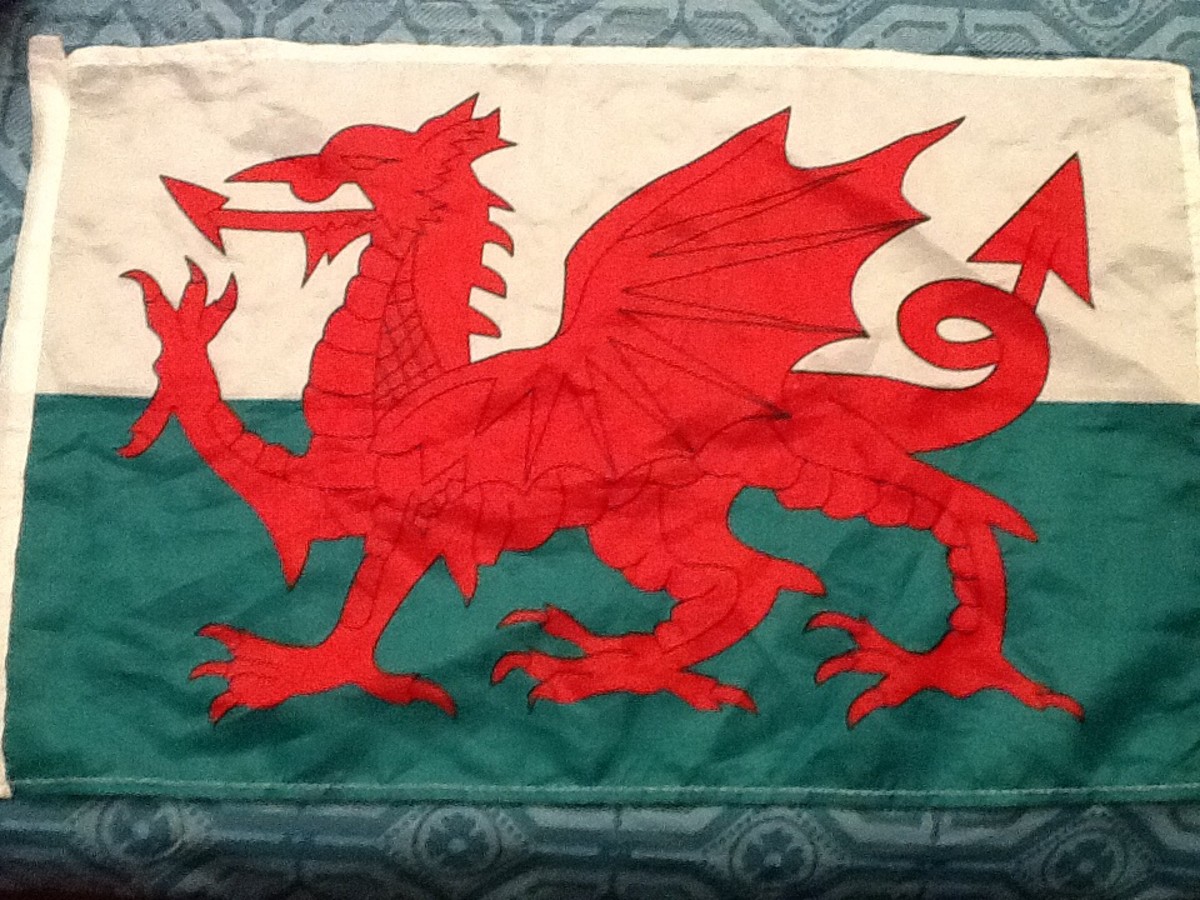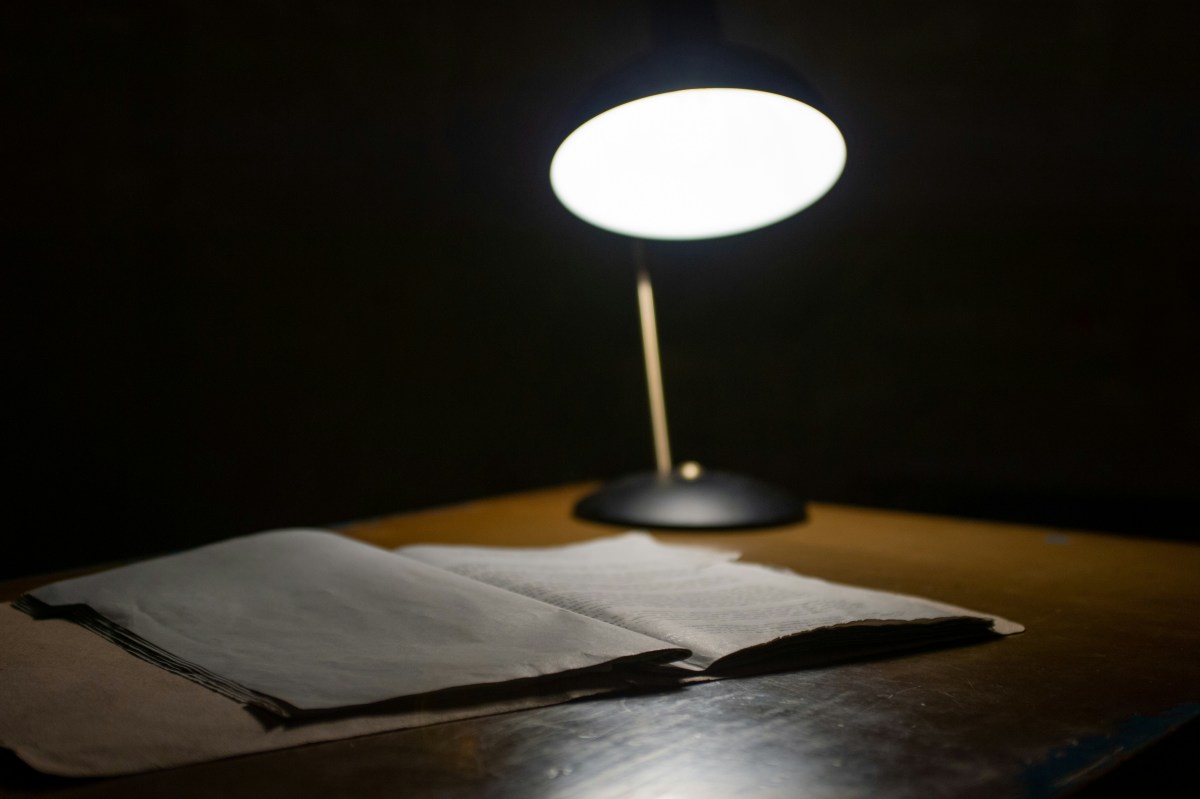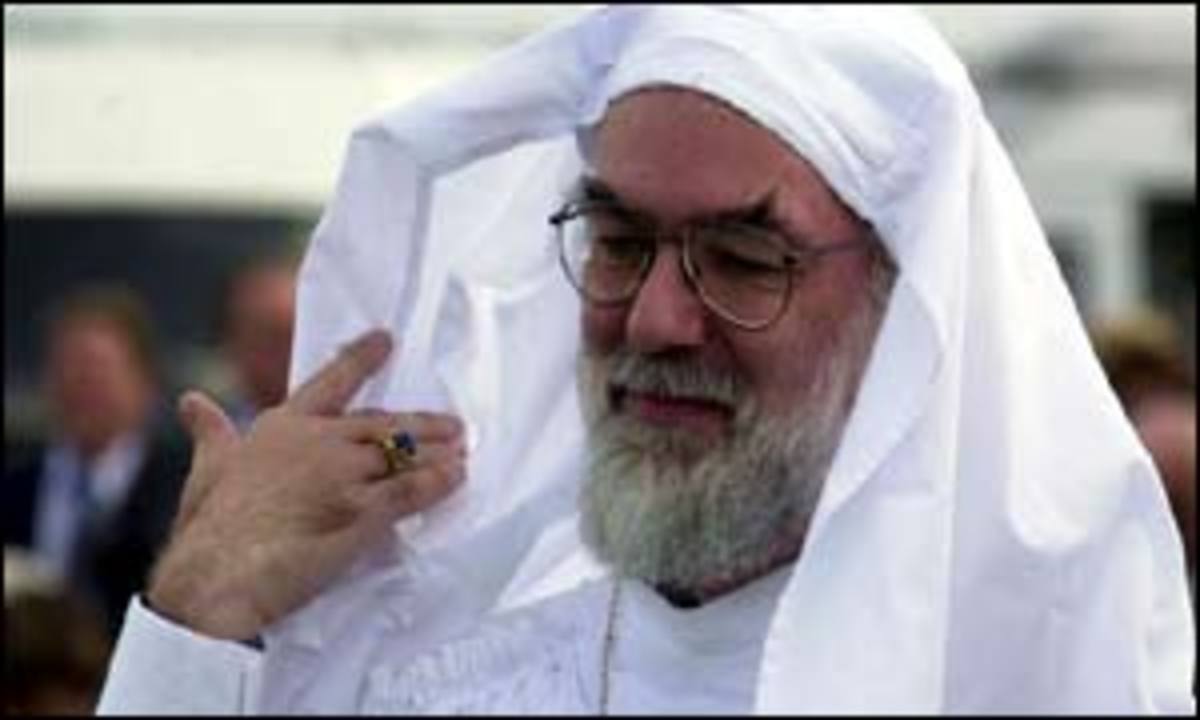The Life of St David, Patron Saint of Wales
Birth of St. David
St. David, known as St. Dewi in Welsh, the patron saint of Wales, was born in the later half of the fifth century sometime between 462 and 487 A.D. depending upon the source used.
Most accounts claim he lived a long life, some claiming as long as 147 years but 100 seems more reasonable. While dates for his death range from 544 to 601 A.D., the year 589 A.D. is one of the more commonly accepted dates which would have him living to the age of 102 if was born in 487.
Many have the date of his death as March 1st and, as is common with many saints whose date of birth is not known, the date of death becomes the feast day in which the Church honors the saint.
In the case of St. David, his feast day is March 1st and this date is now a major Welsh holiday.
Welsh Flag
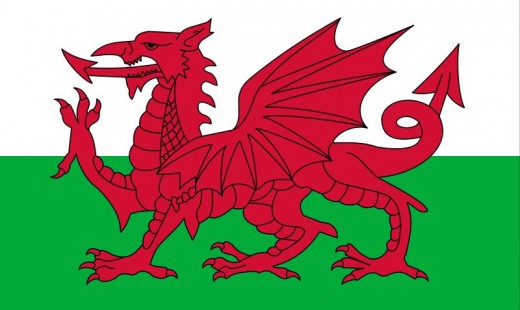
St. David was the Son of St. Non a Welsh Nun
While original written accounts of the life of St. David are scanty, we do know that he was a real person who lived in the period cited above and that he was a monk who had been elevated to the rank of Bishop and was instrumental in spreading Christianity and building churches and monasteries in Wales and Britain.
While the year of St. David's birth is in question, we do know that his Mother was a nun who lived in a convent and was known as St. Non (also spelled Nonna or Nonnita and sometimes referred to as Melaria).
Despite being known as a saint in Wales St. Non, unlike her son, is not included in the Catholic Church's General Calendar of Saints. However, she is included in other calendars of saints belonging other divisions within the Church.
St. Non was the daughter of a minor noble named Gynyr of Caergawch. According to all accounts, she was a beautiful young woman who, despite the fact that she was a nun, caught the eye of Prince Sant, the younger son of King Ceredig of Ceredigion.
Hub 11 for 30 Hubs in 30 Days Challenge

Whether by Seduction or Rape, St. Non Became Pregnant with St. David
Accounts differ as to whether Prince Sant raped her or seduced her. However, all agree that he did not marry her but left her pregnant with St. David.
According to legend, while still pregnant, St. Non entered a church in St. Gildas while the pastor was preaching. When St. Non entered the church the pastor's voice was muted and he remained mute until she and the child in her womb left. This muting of a preacher during Mass became the first miracle attributed to St. David.
According to another legend St. David was born at St. Bride's Bay in Wales on a cold night during a storm. The ruins of an ancient chapel dedicated to St. Non is located in the area where he is supposed to have been born.
In addition to the storm, some legends claim that while giving birth, apparently alone, St. Non grasped a boulder next to her so hard that she left an impression of her fingers on the boulder. Another legend claims that the boulder was split in half by a bolt of lightning during his birth.
Was a Relative of the Legendary King Arthur
Along with a saint for a Mother, St. David is also, according to legend, related to the legendary King Arthur.
Some accounts have King Arthur as the uncle of St. Non while other accounts have St. David being the uncle of King Arthur (in which case King Arthur had to have been the child of one of his father's other children as St. Non remained a nun and there are no accounts of her giving birth to other children).
He was Raised by Nuns in His Mother's Convent
Following his birth, St. Non returned to her convent and raised St. David there with the help of her sister nuns.
St. David was baptized by his maternal cousin, St. Eilfyw (Elvis) who, according to some accounts came over from Ireland to baptize St. David (many accounts describe St. Non as being Irish).
During the baptism St. David was being held by a blind monk who suddenly regained his sight when some of the baptismal water splashed on him. This was St. David's second miracle.
St. David
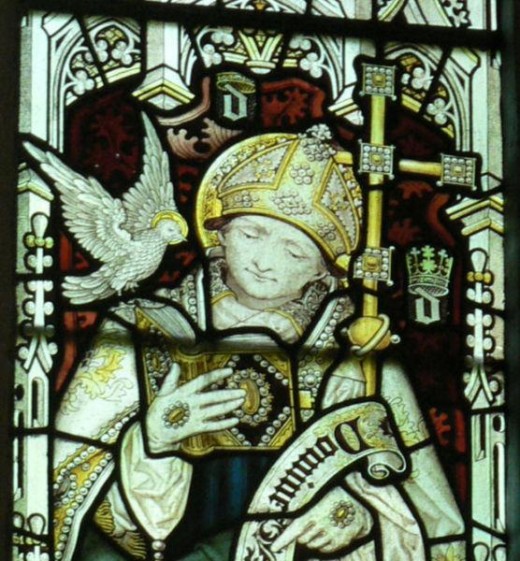
St. David Established at Least 12 Monestaries
While much of the account above is legend, it is known that St. David spent his entire life preaching and converting Wales to Christianity. He established at least twelve monasteries in Wales as well as building and restoring churches.
St. David had a very strict rule in the monasteries he built and ran. Life in the monasteries he ran focused on prayer and hard work for the monks. St. David and his monks grew all of their own food and, according to some accounts, he refused to allow the monks to employ animals for work, instead, requiring the monks to pull their own plows and carry their own loads.
For food, he and his monks subsisted on the vegetables and grains they grew (no meat as he required them to be vegetarians) and allowed only water for drinking (some accounts say that he allowed his monks to drink milk as well but he limited himself to water only).
His emphasis on drinking only water earned him the nickname of David Aquaticus or Dewi Dyfywr which translated to David the Water Drinker or David the Waterman.
Flag of St. David
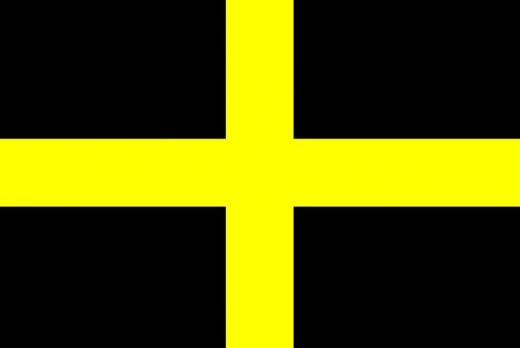
A Lesson for All in St. David's Last Sermon
While much of what we know of St. David's life is legend, we have enough documented facts to know that he not only was a real person but also that, absent the embellishments, many of the legends are also true at their core.
In addition to providing a focal point for a unique Welsh national identity. St. David also left a gift of wisdom for all of us, Welsh or not. In his last sermon before his death, St. David reminded his monks to do the little things, the small things you've seen me doing.
St. David spent a lifetime building one thing at a time, focusing on the problem at hand rather than worrying about the next project. In the end he had accomplished much but his focus was always on the job at hand rather than some grand scheme. We would do well to follow his advice in our daily work and relationships.





